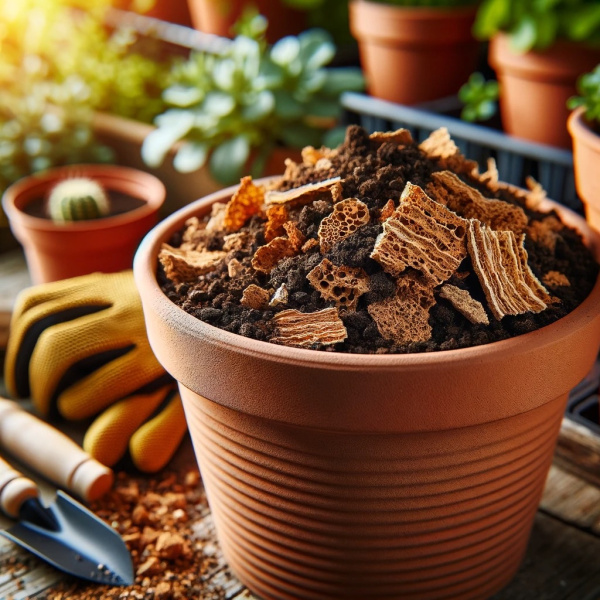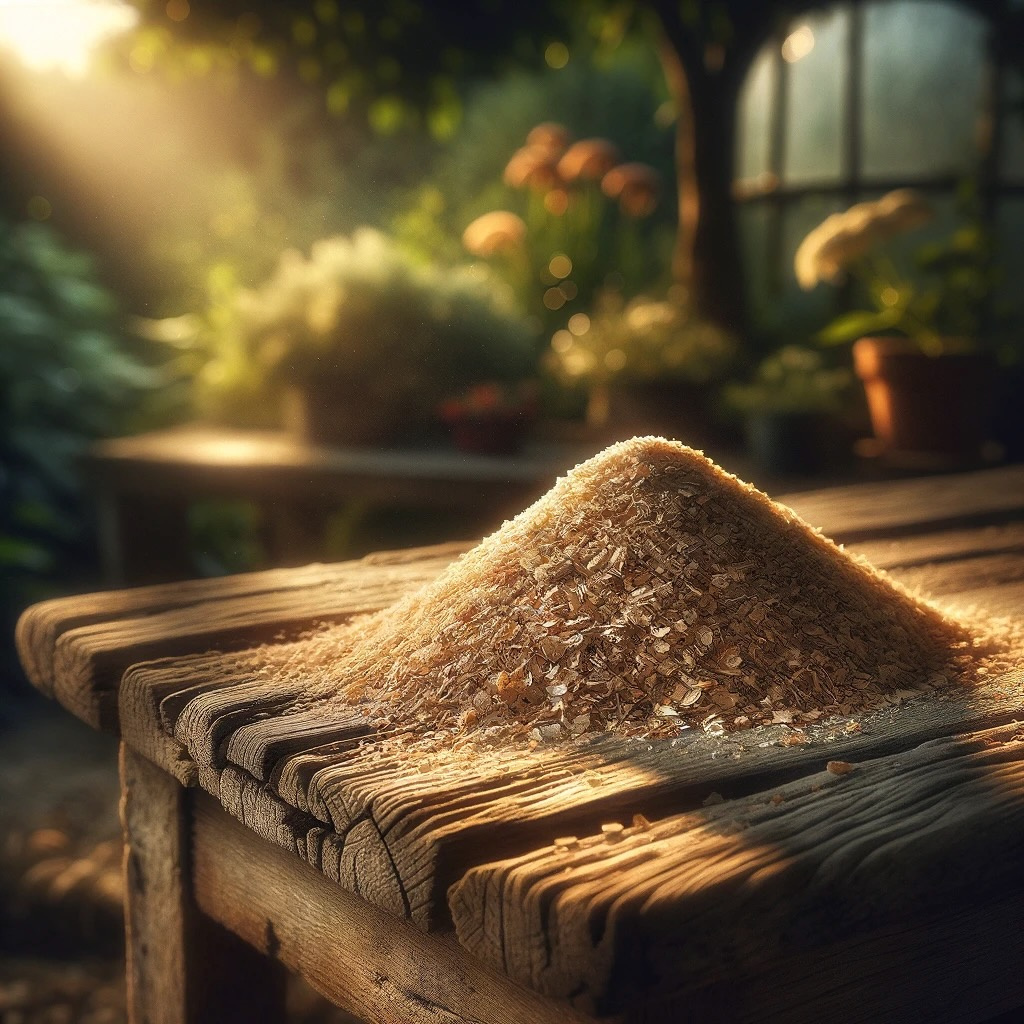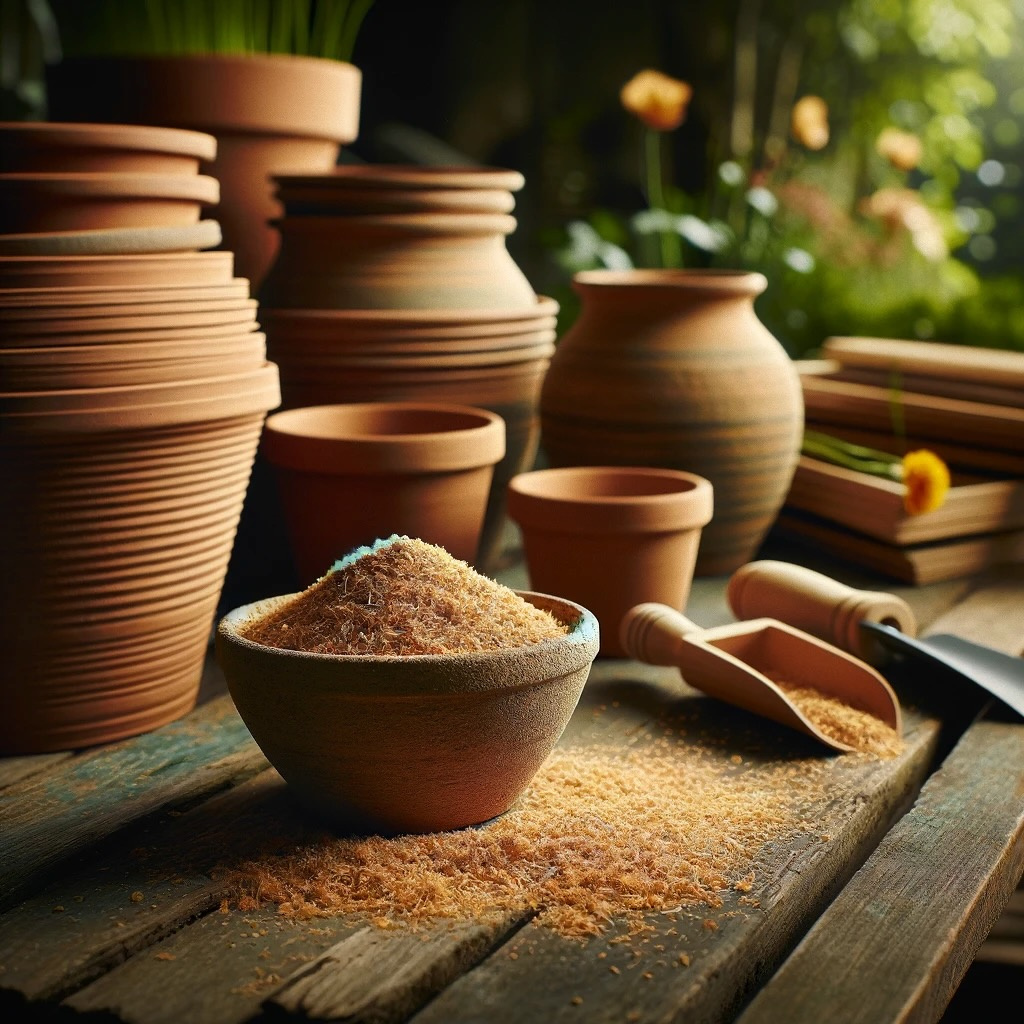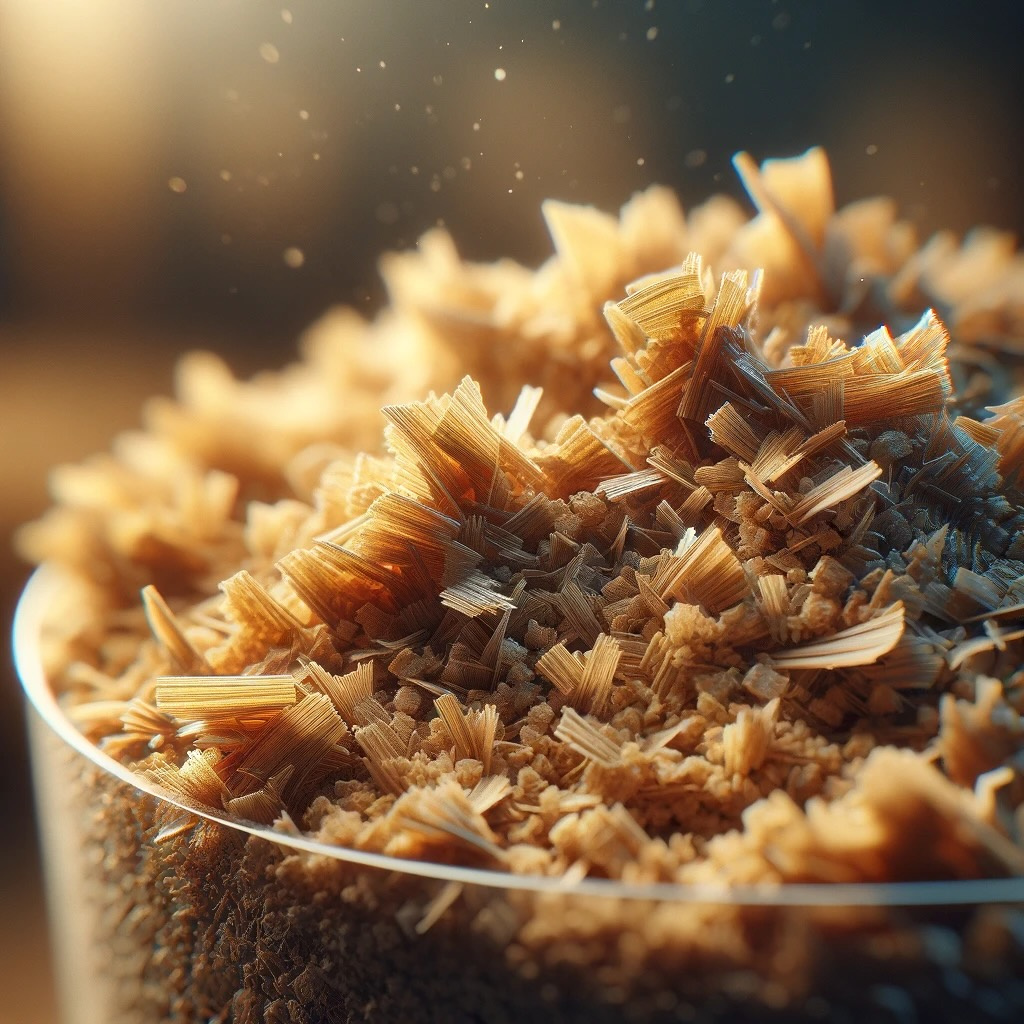
Vermiculite Introduction
Vermiculite, a natural mineral that undergoes significant expansion when heated, has long been cherished by gardeners for its unique properties.
This lightweight, absorbent material is a staple in gardening circles, known for its ability to improve soil structure, moisture retention, and aeration.
In this guide, we delve into the multifaceted benefits of vermiculite, offering insights into its nutritional profile, application methods, compatibility with various plants and soil types, as well as its environmental impact.
Whether you're a seasoned green thumb or a budding gardener, understanding how to harness the power of vermiculite can elevate your gardening game.

Vermiculite Key Benefits
Vermiculite's popularity in gardening circles isn't unwarranted. Its key benefits include improved moisture retention, enhanced aeration, and a boosted root system development.
When added to soil, vermiculite acts like a sponge, absorbing water and slowly releasing it back, providing consistent moisture to plant roots. This aeration prevents soil compaction, allowing roots to breathe and grow more freely.
Furthermore, vermiculite's ability to retain nutrients near the root zone optimizes plant growth, making it an indispensable amendment for healthy gardens.

Vermiculite Nutritional Profile
While vermiculite itself is not nutrient-rich, its value lies in its capacity to hold onto added nutrients, making them more accessible to plants. It acts as a catalyst in the soil, enhancing the availability of nutrients by holding onto them with its cation exchange capacity.
This means that when fertilizers are applied, vermiculite can store these nutrients, including potassium, calcium, and magnesium, and release them over time, reducing the need for frequent fertilization and improving overall plant health.

How to Use Vermiculite
Incorporating vermiculite into your gardening practice is straightforward. For potting mixes, a common ratio is one-third vermiculite, one-third coconut coir, and one-third compost.
This blend ensures moisture retention and nutrient availability. For garden beds, mix vermiculite into the top 6-12 inches of soil at a rate of 2-3 inches of vermiculite per foot of soil to enhance aeration and water retention.
Always moisten vermiculite before use to minimize dust.

Ideal Plants and Soil Types
Vermiculite is particularly beneficial for moisture-loving plants and seedlings, promoting strong root development and healthy growth.
It's ideal for soil types that tend to compact or drain poorly, as it improves soil structure and aeration.
Succulents and plants that prefer well-drained soil may require a more balanced approach, mixing vermiculite with materials that increase drainage, such as perlite, to prevent over-retention of water.

Sustainability and Environmental Impact
Vermiculite is mined from the earth, raising questions about sustainability and environmental impact.
However, its long lifespan and reusability in the garden mitigate some of these concerns.
It's crucial to source vermiculite from responsible suppliers that adhere to environmental standards.
Additionally, vermiculite's ability to reduce the need for frequent watering and fertilization contributes to sustainable gardening practices by conserving water and minimizing nutrient runoff.

Vermiculite Tips and Tricks
To maximize the benefits of vermiculite, consider these tips:
- Use fine-grade vermiculite to cover seeds for seed starting, as it retains moisture and warmth, enhancing germination.
- Rehydrate dry soil by mixing in vermiculite, which can help restore soil structure and moisture-holding capacity.
- Use vermiculite in homemade compost to improve its structure and moisture retention, further benefiting your garden.

Vermiculite Conclusion
Vermiculite's versatility and benefits make it a must-have soil amendment for gardeners aiming for lush, healthy plants.
By understanding and applying the knowledge this guide shares, you can leverage vermiculite to enhance your gardening endeavors.
We encourage you to check out our shop and try incorporating vermiculite into your soil mixes and experience the difference it can make in your garden's vitality.


